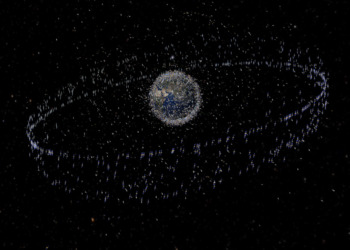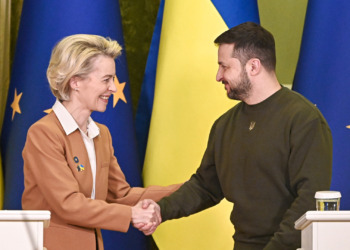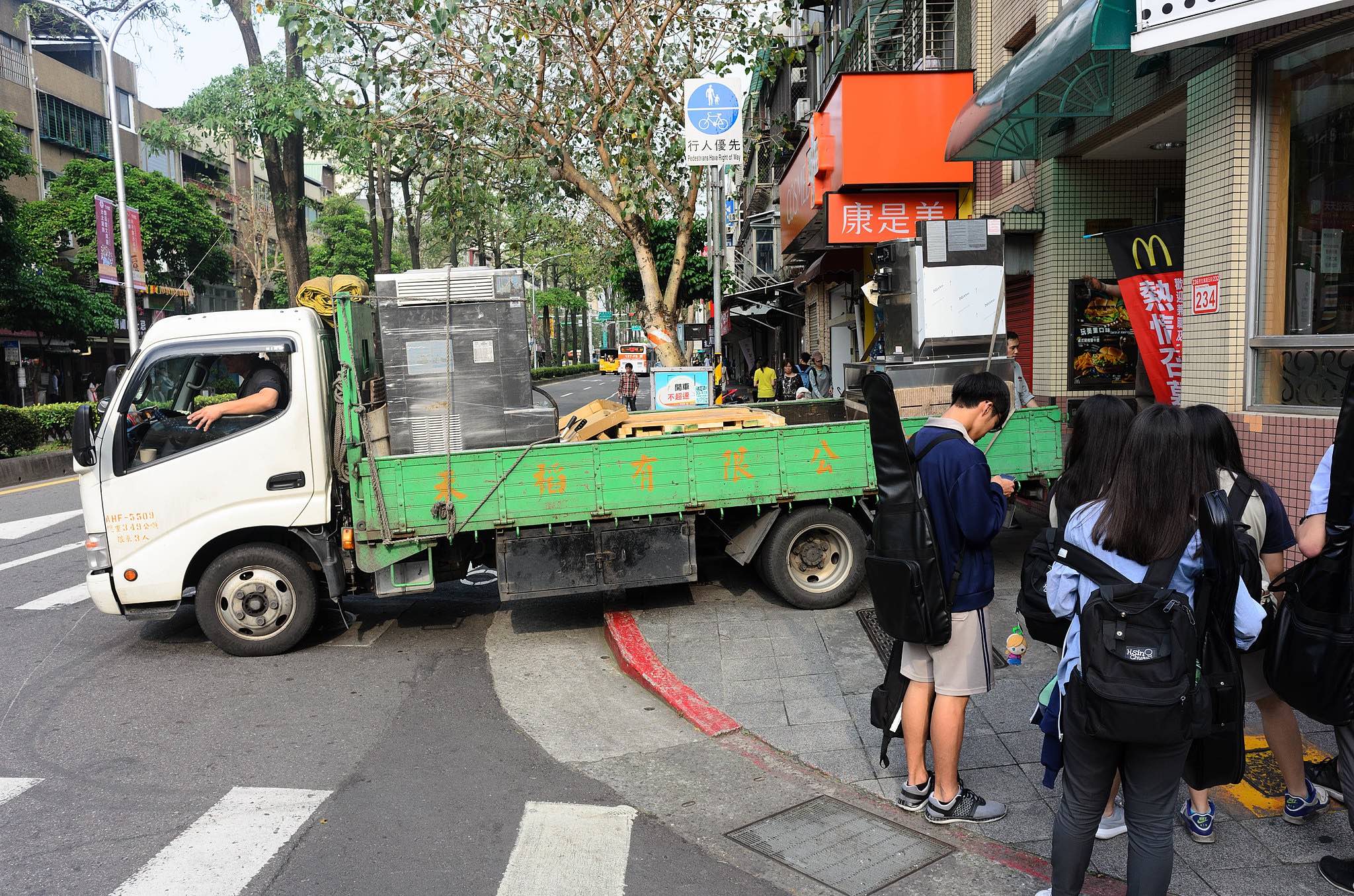When you walk into a museum, there is a sense of reliability, of trust. You never walk into a museum and think, “I wonder what the carbon footprint of this place is?” or think about how the exhibition you are viewing may be perpetuating structural racism.
Museums are at a pivotal point in their function and meaning. The global network of over 85.000 museums is only a piece of the art and heritage equation, which represents us as humans. Our culture has the capacity to connect, inspire, and educate us in a unique way. Art inspires emotion, empathy, and connections where dry facts and numbers may fail to incite a response. This is why our culture is the key to our future.
When we look at the current global pandemic, it is clear that culture is under threat. However, it also presents us with an opportunity. Now is the moment for museums and cultural institutions to break out of old patterns and become more relevant, more connected to us and our communities than ever before – to find a new role in this changing world.
As trusted sources of knowledge and information, we can help shape the future through art and culture. We can use our history to teach compassion and to learn from our past mistakes – driving a more inclusive and empathetic society. Instead of glorifying colonialism, we can present history in a way that confronts perspectives to combat structural racism. We can provide safe, open, sustainable community spaces. Encourage dialogue and facilitate communication. We can reconnect with our communities, locally and globally. And we can demonstrate how to coexist with nature.
History Repeats Itself
History is written by the victor. This age-old adage is often quoted in politics, but recently it’s all too real connection to our society has been recognized as a root cause of social injustice and racism globally. How our history is depicted influences not only how we think about the past but shapes us as a society and our futures. History will repeat itself if it is understood to be glorious.
The systems that we have developed for education and learning centers are now recognizing this and are actively engaging in “decolonization” as the next necessary step. A Viking museum may glorify sacking and pillaging – celebrating the conquerors and displaying the marvel of their plunder. The stories of the victors are displayed. Children leave the museum with their toy swords fighting each other and pretending to be the brave, daring Vikings that they just learned about. The stories of the conquered are buried with their own bodies and engulfed in the flames of their fallen villages. Forgotten.
In order to become more “relevant” and connect with different audiences, some institutions have turned to a Hollywood approach – more interaction and drama, creating personal narratives to connect their audiences with times of the past. Now, instead of only facts, you get an experience, immersion. A story is presented, but the problem is the narrative being shared is one-sided. Visitors experience history from one perspective, one point of view. They are then connected with that outlook, limiting their scope of compassion and understanding for others. They learn history from the side of the victors.

This problem is perpetuated for many reasons, not the least of which is that the profession itself lacks diversity. Let’s be frank. Museum professionals often come from a similar demographic and economic background. The causes of this range from lack of access to culture for many people, the cost of training, not being able to work for free, and an overwhelming lack of wage and job security. If we are to diversify our narratives of history, we first need to diversify the institutions that write them.
RELATED ARTICLES: Almond: A Platform to Understand, Reduce and Offset Your Carbon Footprint |Lowering the Carbon Footprint of Education – a Model of Online Learning |Apple Commits to Become Carbon Neutral by 2030 |Shrinking the environmental footprint of mining |Planetary Prosperity Means Zero Carbon |How to Empower People to Vote for Sustainability: the IMPAKTER INDEX |Why Climate Neutrality Needs Circularity
There are of course many museums who have already taken great measures to ensure that their histories are portrayed more fairly, but the lack of widespread recognition of this issue has hindered large-scale sectoral change. But the fact of the matter remains, the role museums play in our society is changing, and the responsibility lies more and more on cultural professionals to take a stand.
Hidden Carbon in a Museum?
While museums have the capacity to change perspectives from a social viewpoint, they also have a responsibility to our planet – just like the rest of us. Museums have a much larger carbon footprint than one might think, but little attention is given to this fact.
As stewards of our cultural history, museums have often been exempt from benchmarking regulations or carbon reductions. The carbon footprint of the sector is not known because it has not been mandated to evaluate it. However, we are at a point in our history where we all have to be responsible for our impact – and transparent.
In the US, Joyce Lee has researched the US museum sector, estimated that the museum buildings in the country are responsible for over 12 million metric tonnes of carbon emissions annually. And that does not include the exponentially growing number of storage facilities or the millions of artworks flown around with couriers in tow for international “blockbuster exhibitions”.

The Future of the Past
Sustainability is not something for the future, it is something for now. And museums can demonstrate and communicate this sense of urgency. Many are starting to look to the future, showing what our futures might look like and teaching about sustainability in the process.
The immense capacity of museums to speak to our imagination and sense of empathy should not be overlooked in our fight against climate change and for a more inclusive, just society. Our global network of museums has the capacity to influence billions of people. To date, an overlooked sector, we may just hold the key to unlocking the future we all want.
Editor’s Note: The opinions expressed here by Impakter.com contributors are their own, not those of Impakter.com











